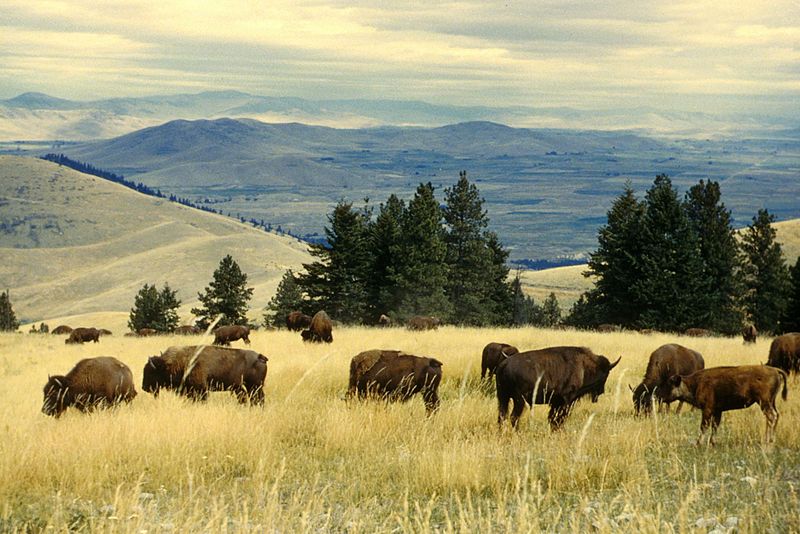Anthrax has been confirmed as the cause of the death of two bison and the illness in several others in Saskatchewan, while south of the border, Montana officials continue investigation into death of some 17 bison on the Fort Belknap Indian Reservation.

Saskatchewan Agriculture reports confirming the bacterial disease, anthrax, as he cause of death in two bison, and is the suspected cause of seven other deaths. This has prompted officials to advise producers to be on the lookout for anthrax in their animals.
In Montana, State and Fort Belknap Indian Reservation officials are investigating the weekend deaths of 18 bison on the reservation in north-central Montana. Tissue samples have been sent to the state Department of Livestock’s Diagnostic Laboratory in Bozeman to rule out anthrax as the cause.
Anthrax is caused by the bacteria Bacillus anthracis, which can survive in spore form for decades in soil. Changes in soil moisture, from flooding and drying, can lead to a build-up of the spores on pastures. Spores can concentrate in sloughs and potholes, and risk of animal exposure to anthrax increases in drier years when these areas dry up and become accessible. Spores can also surface when the ground is excavated or when there is excessive run-off.
Livestock are infected when they eat forage contaminated with spores. Ruminants such as bison, cattle, sheep and goats, are highly susceptible, and horses can also be infected. Swine, birds and carnivores are more resistant to infection, but farm dogs and cats should be kept away from carcasses.
Affected animals are usually found dead without any signs of illness. Anthrax can be prevented by vaccination. Producers in regions that have experienced previous outbreaks are strongly encouraged to vaccinate their animals each year. If your neighbors have anthrax, you should consider vaccination to protect your animals.
Related articles:
Anthrax makes first appearance in North Dakota in a Grand Forks County beef cow
Texas reports first animal anthrax case of 2014 in a goat in Kinney County


2 thoughts on “Anthrax confirmed in Saskatchewan bison deaths, Montana investigates cause of deaths”